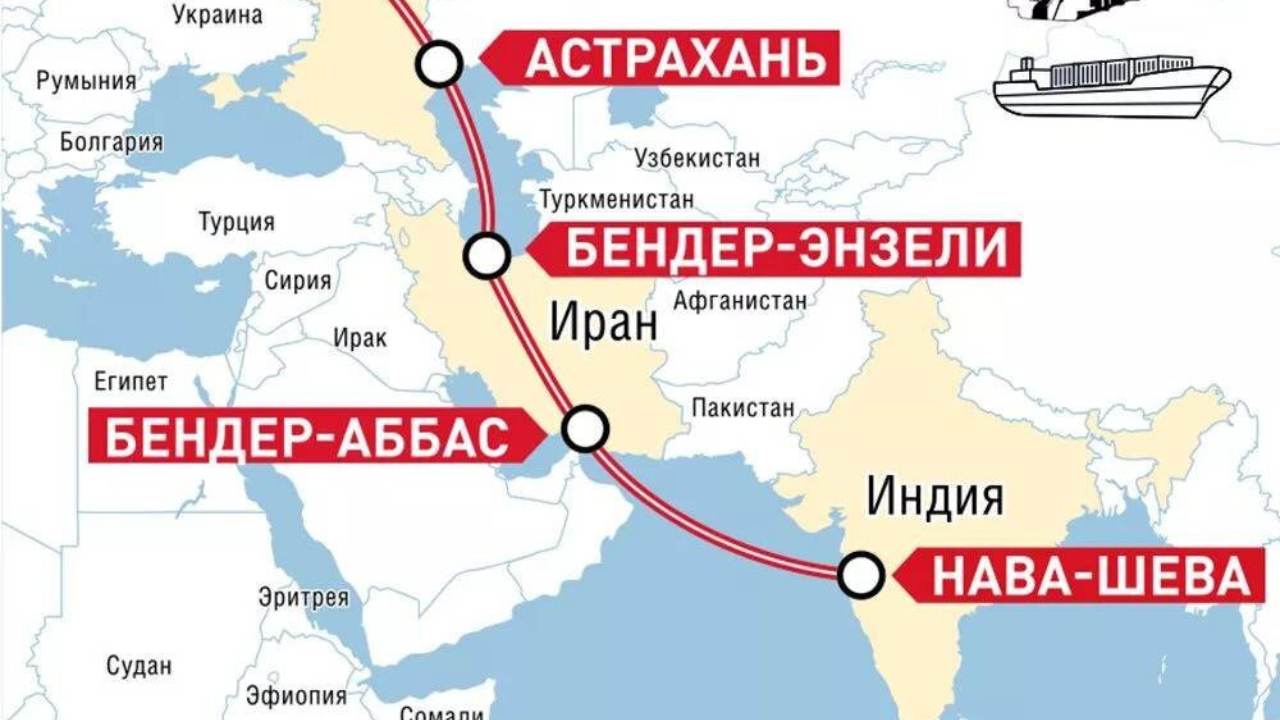
Publication
North–South project: a further component of the highway is ready

ARVAK Center comment, 06.06.2024
In early June 2024, Tehran officially announced that it had completed the construction of the railroad connecting the port of Bandar Abbas on the Persian Gulf with the port of Bandar Enzeli on the Caspian Sea. This means that one of the most important logistical links in the North–South project is now ready for operation. It will ensure the transfer of cargoes coming to Iran from the Indian Ocean to the port warehouses on the Caspian Sea, from where they will be delivered by ships to Astrakhan and then by railways and highways to the Baltic or the Black Sea regions. Of course, this route implies a reverse flow of cargo.
Thus, the global project has acquired another important communication segment, which will contribute to the expansion of trade turnover between Europe and the countries of the Indian Ocean basin.
According to the calculations of experts, the delivery of cargoes from St. Petersburg to Mumbai, India, along the proposed routes of the North-South Project, will take about 10 days, as opposed to 30-45 days along other operating routes, mainly through the Mediterranean Sea and the Suez Canal. The time advantage will have a noticeable impact on the transportation price and, consequently, on the final cost and availability of transport merchandise. This is particularly important for the poor states on the East African Coast and the food insecure arid countries of Central Asia. Given the world’s geopolitical instability and growing climate and environmental challenges, the uninterrupted provision of transport and transport services is an important factor for the future. In view of the geopolitical instability in the world and the growing climatic and environmental problems, the uninterrupted supply of food to the densely populated regions of the planet is becoming an increasingly difficult problem, and therefore the North-South Project acquires a special significance because of its advantages.
The prospects of the North–South project are largely due to the desire of its main beneficiaries – Russia, Iran and India – to diversify transport routes as much as possible. Thus, in addition to a direct rail link through Azerbaijan, Russia and Iran are seeking to “breathe a second life” into the famous Volga-Caspian trade route, which from ancient times provided the Volga Khanates, and then Moscow Rus, with reliable communication with South Asia and the Far East.
The Volga–Don Canal, through which the goods coming from Iran were to be transported by ship to the Sea of Azov and further to the Western Black Sea countries, was supposed to become a new element in reviving this trade route.
Another example of the desire to diversify routes is the Armenia–Georgia land route, which Tehran and New Delhi are consistently promoting, despite Azerbaijan’s dissatisfaction and the difficult and costly terrain in Syunik. Russia is also quite positive about this route. On the sidelines of the regular meeting of the Eurasian Intergovernmental Council on June 4, 2024, Russian Deputy Prime Minister Alexei Overchuk emphasized that the construction of the Kajaran tunnel on the North–South highway route is an important infrastructure project that will help connect Iran with Russia and the Black Sea via Armenia and Georgia. According to Overchuk, it is no coincidence that the Eurasian Fund for Stabilization and Development, whose main donor is the Russian Federation, has taken over part of the financing of the Kajaran tunnel.
Thus, maximum diversification and geographical expansion of the North–South project will not only allow to increase the volumes of transportation, but also to preserve the possibility of uninterrupted supplies in case a transit country is taken out of the game by force majeure, or if this country demands an exorbitant geopolitical price in relation to its services. And there is ample reason to believe that it is Aliyev’s Azerbaijan that Moscow, New Delhi, and Tehran are mostly worried over.
